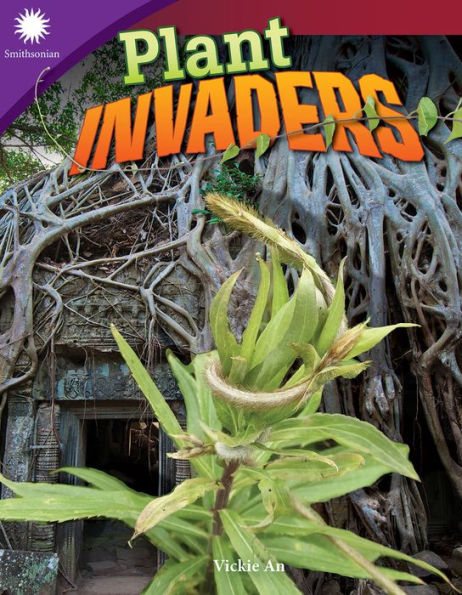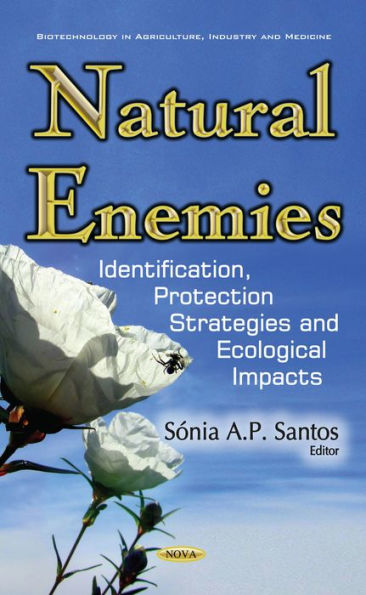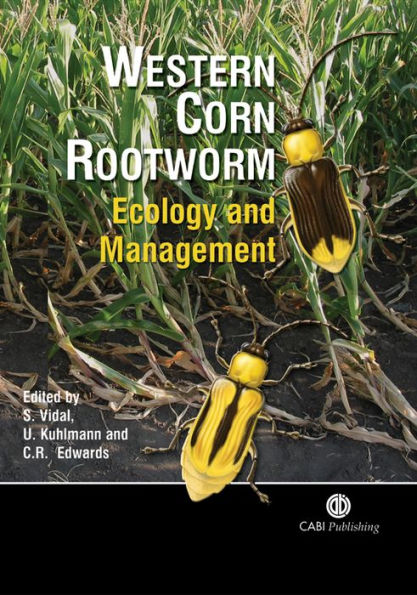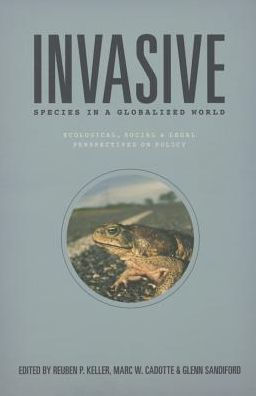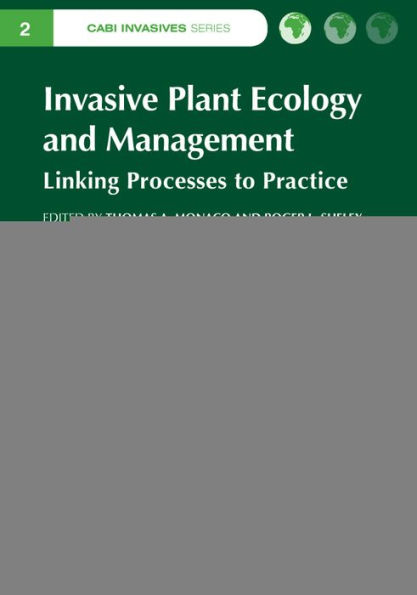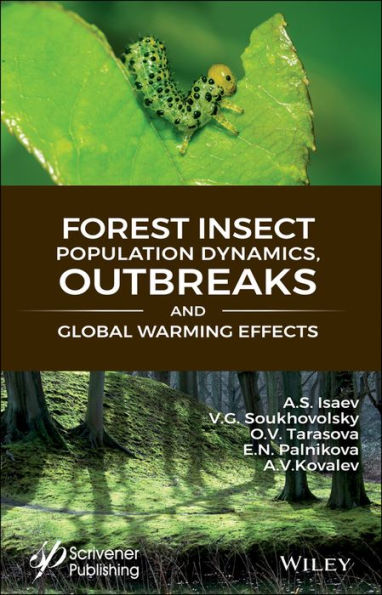Home
The Green Menace: Emerald Ash Borer and the Invasive Species Problem
Barnes and Noble
The Green Menace: Emerald Ash Borer and the Invasive Species Problem
Current price: $110.00


Barnes and Noble
The Green Menace: Emerald Ash Borer and the Invasive Species Problem
Current price: $110.00
Size: OS
Loading Inventory...
*Product information may vary - to confirm product availability, pricing, shipping and return information please contact Barnes and Noble
This volume is an account of the scientific and social responses made to the discovery of an invasive forest insect the emerald ash borer or EAB (Agrilus planipennis Fairmaire, 1888) in North America, that was formally announced in July 2002. Since its recognition, this wood-boring beetle has become one of the most destructive and costly exotic species ever encountered. More than $300 million in federal USDA-APHIS funds (alone) have been devoted to battling this pest, which has killed some tens of millions of ash trees, chiefly within southeastern Michigan and surrounding states. EAB has now been found in 28 states and two Canadian provinces. But those numbers are almost certain to keep growing in coming years.
While primarily a case study, this work nonetheless examines larger issues concerning invasive species as a whole, their inadvertent transport and worldwide spread through the rise of globalization, regulations that have been adopted to prevent their introduction, and the successes or failures of state and federal agencies to try and enforce those regulations. It offers the first general work of its kind to appear on the ash borer that is directed towards a broad audience including the public, entomologists and foresters, environmentalists and ecologists, researchers, regulators, and indeed anyone who wishes to learn more about this important and timely topic. No previous knowledge of EAB or invasion biology is assumed.
This book covers all of the major aspects of scientific research and management that have occurred since EAB was recognized in 2002. It is thoroughly researched and draws from the best available data and sources, which represent (a) archival materials; (b) scholarly publications and conference proceedings; (c) interviews conducted with leading participants in the EAB program; (d) selected newspaper/magazine articles; and (e) reputable sources found on the Internet (e.g., USDA-APHIS).



